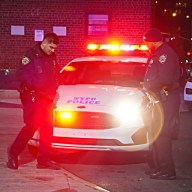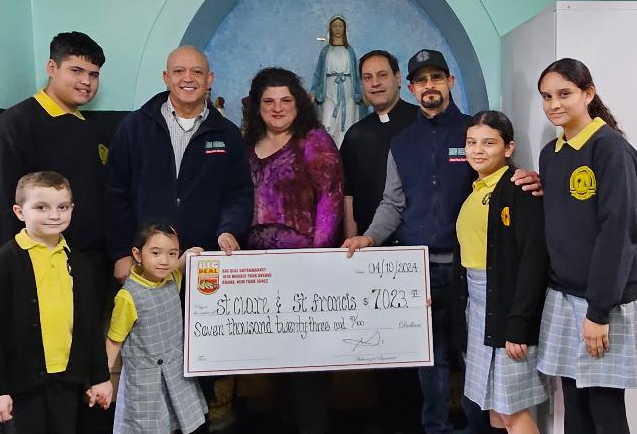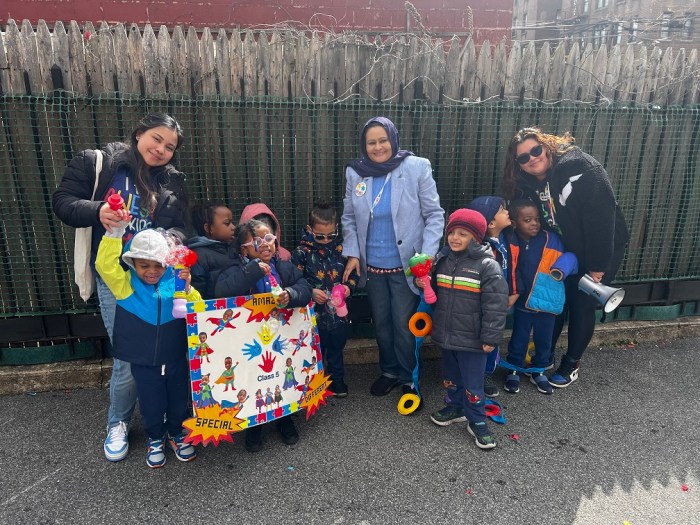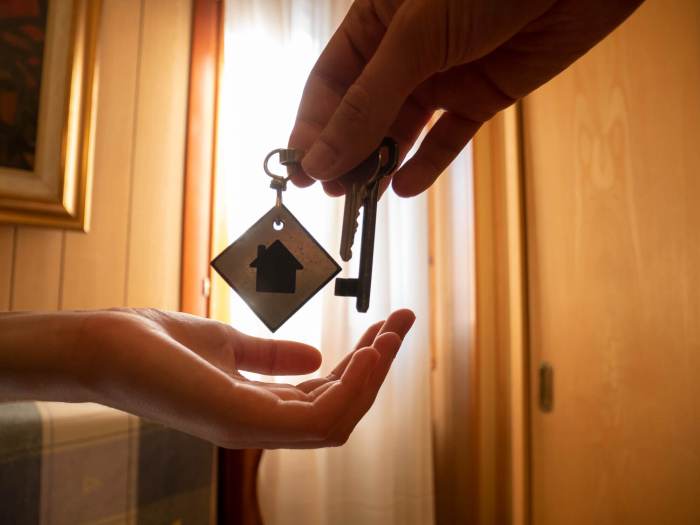Not too many institutions span both the Civil War and the Iraq War, but the American Turner Club New York, based in Throggs Neck, is one of them.
This year marks the 160th anniversary of the founding of the Turner Club here in New York City. On Friday, November 6, members of the club are hosting a ceremony to commemorate the institution’s longevity.
“We’re very proud of our 160 years. How many organizations have survived 160 years?” said Jerry Weitzenkorn, a former president of the club. “During the Civil War we had a regiment in the Union Army.The regimentdistinguished itself in the Battle of Antietam, which was one of the bloodiest in that war. They also were Lincoln’s personal body guards for a short time. We have a very long and illustrious history.”
The club, which was originally known as the New York Turn Verein, which comes from the German word for gymnastics, was formed in 1850. It was the third of the German-based Turner Clubs to be founded in the United States.
It began with several hundred members inlower Manhattan, and after membership grew from a wave of German immigrants during that time, the club built a facility at 85th Street and Lexington Avenue in 1898. At the time, the area, Yorkville, was heavily German. In the next few decades membership soared to about 1,000before it dipped in the later half of the 20th century. Then in 1983 the 85th Street building was sold and the club merged withthe Mount Vernon Turners to become the American Turners of New York.
While the institution is one of the oldest of its kind in the state, the history of the Turner movement is much older.
The Turner movement has its roots in Germany in the 1810s. At the time the area was occupied by Napoleon, so there was no standing army that provided the men the exercise and discipline they were used to, Weitzenkorn said. The club was organized to give men a place to exercise and develop their physical abilities.
While things like Swedish table jumping, club swinging and wall ladder exercises have been replaced by volley ball, basketball and golf, the club still focuses on athletics. It is also still heavily influenced by German traditions, but membership is open to anybody that is recommended by a current member.
“It’s a big melting pot now,” said Weitzenkorn. Weitzenkorn joined the club when he was 13-years old to follow in his uncle’s footsteps as a famous gymnast. Today he is 75-years old, and although he no longer does his routines on the long-horse or the rings, he is still an active and enthusiastic member of the club. “You don’t have too may organizations where you have so many people that can say we met when we were nine or 13, and you’re in your 70s,” he said. “There’s a great deal of pride in that.”






















